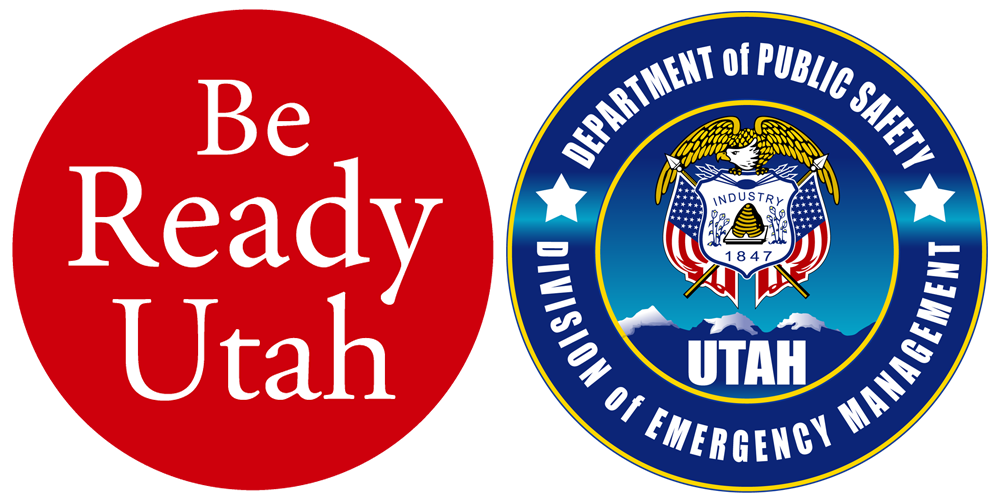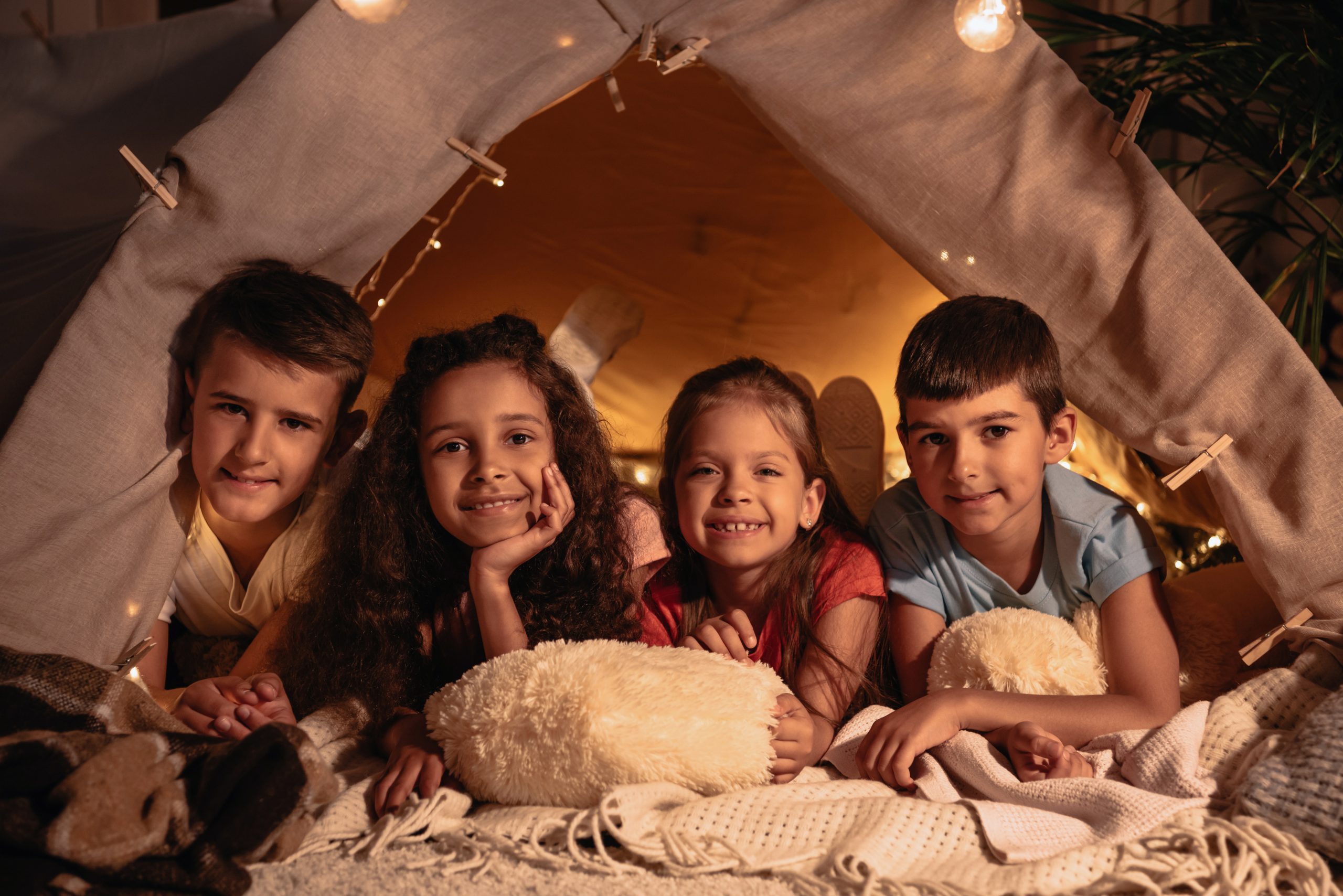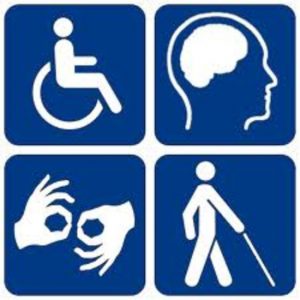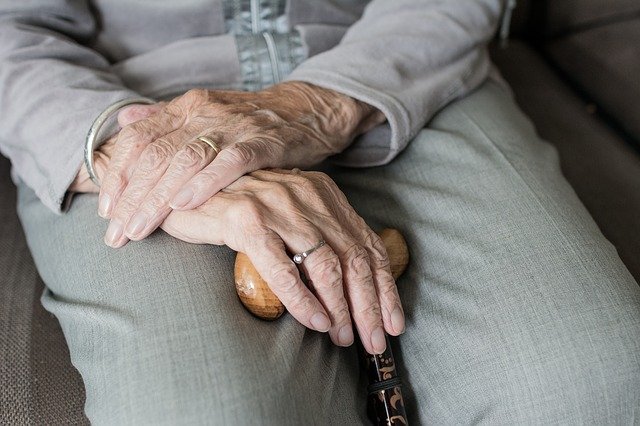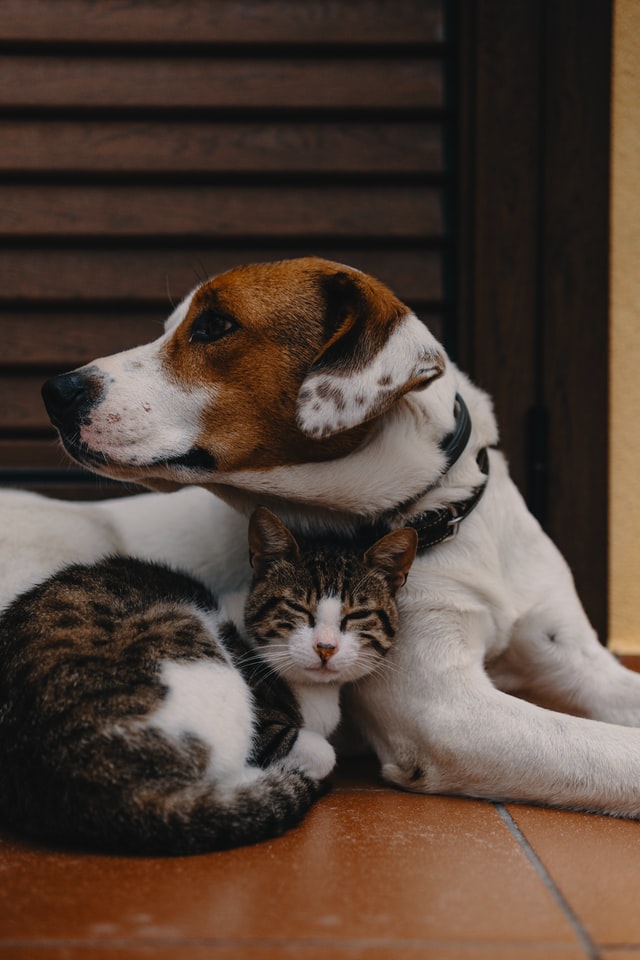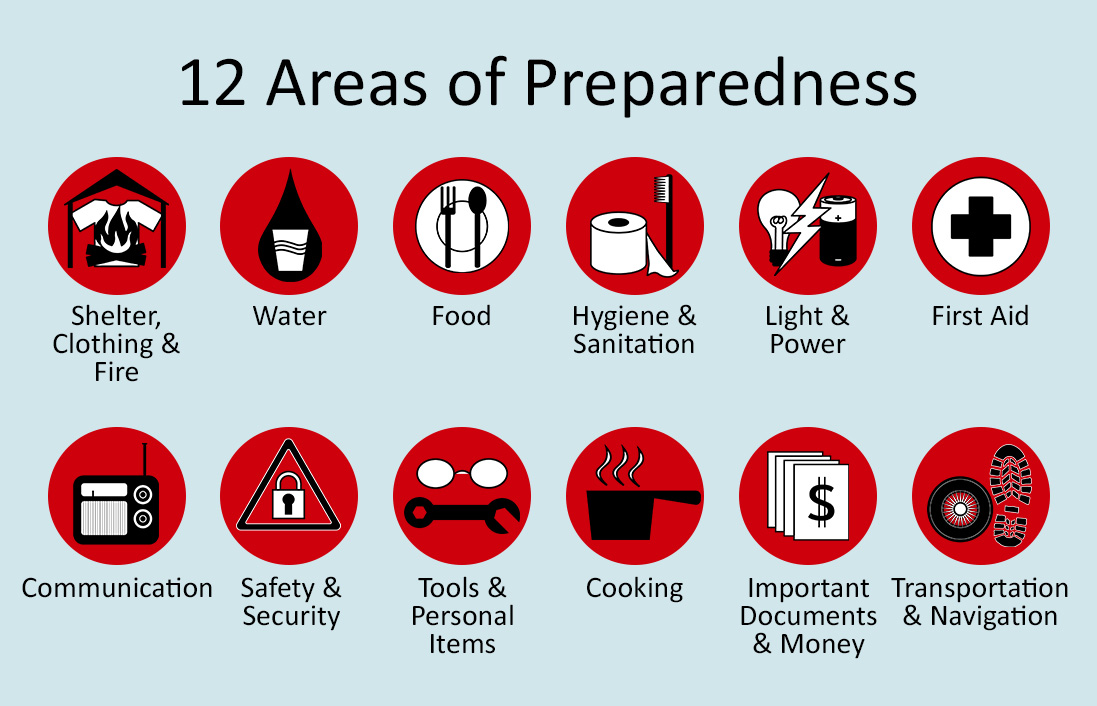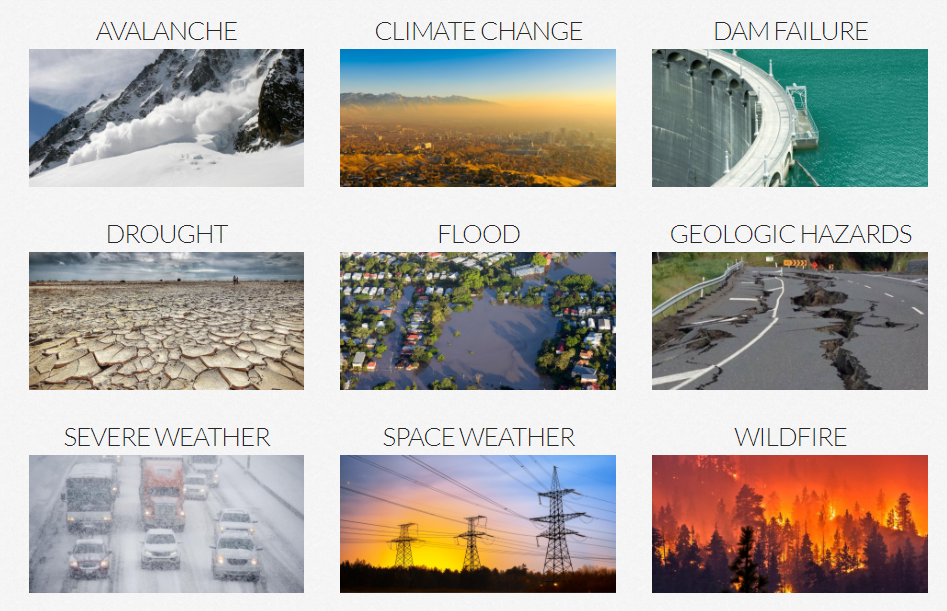Make a Plan: Family
The Point
“If you fail to plan, you are planning to fail” (Benjamin Franklin).
In a large scale emergency, local first responders will be overwhelmed. Individuals, families, and neighborhoods could be on their own for hours, days, weeks, or longer until help is able to organize and get to where you are. Every individual and family that prepares for emergencies relieves the burden on rescuers and increases overall community resilience.
You are responsible for the health and well-being of yourself and your family. Make plans for the disruptions to your family members' lives that could be caused by disasters. When family members know what to do and how to do it, you will all "be ready" to handle any emergency.
Do This
- Download the Personal Emergency Plan and follow the Preparedness Wizard to guide you through your plan.
- Learn and teach your family the protective actions for the hazards in your area.
- Fill out Emergency Contact Information cards for each family member.
- Put together a communication and reunification plan with your family.
- Put together a shelter at home plan with your family.
- Put together an evacuation plan with your family.
- Do a home hazard hunt.
- Practice your plans with your family at least yearly and update as needed.
- BONUS: Get earthquake and flood insurance for your home.
Videos
- The Be Ready Buzz: Survival Rules of Three to Four
- Be Ready Utah PSA Talk About Emergency Prep ICE Card
- Be Ready Utah PSA Talk About Emergency Prep Out of State Contact
- Be Ready Utah PrepCast Playlist
- Be Ready Utah Webinar: Home Hazard Hunt
- Be Ready Utah Webinar: Free and Low Cost Steps to Preparing
- Ready.gov: 6 Important Things to Know Before a Disaster
- Red Cross: 3 Steps to Prepare
- NFPA: Every Second Counts in a Home Fire—Practice Your Escape Plan
- 20 to Ready: Coordinate Plans
- 20 to Ready: Plan for Family Needs
- Disaster Dodgers: Preparedness Playlist for Kids
- NFPA: Sparky the Fire Dog Pick an Outside Meeting Place
Downloads
- Personal Emergency Plan (fillable) - NCDP
- 4 Tenets and 12 Areas of Preparedness
- Preparedness Basics in 52 Weeks
- Emergency Communications
- Emergency Contact Information
- Disaster Preparedness for Seniors
- Home Hazard Hunt
- Home Status Program
- Important Documents
- Top 10: Preparing on a Budget
- FEMA: Document and Insure Your Property
- FEMA: Are You Ready? In Depth Guide to Citizen Preparedness
- Ready.gov: Ready...Set...Prepare! Children's Activity Book
- Red Cross Family Disaster Plan
Call us blessed or call us lucky, either way Utahns have experienced relatively few major disasters in our history. But that claim may not last forever. Disasters, natural or man-made, are inevitable. As they say in regards to the Big One, “it’s not a matter of if, but when.” So what does that mean to you? It’s impossible to predict exactly when or where the next major disaster will occur. So the most important question is “When should we be ready for an emergency?” And the answer is, “Right now.”
Making an Emergency Family Plan
As a family or household, it is important for everyone to be a part of the emergency planning process. Your family may not be together when disaster strikes, so it is important to make emergency plans in advance. How will you contact one another? How will you get back together? What you will do in different situations and different disasters? Make sure you all understand what types of disasters can occur and what you will do in each case. Be sure everyone in your family or household knows the plan.
1. Local Hazards
Discuss together what hazards and other emergencies are possible in your area and within your family. What could happen while you are at work, school, daycare, or wherever else you spend time?
Plan and prepare for each type of disruption so you can be prepared for any disaster. In other words instead of preparing for a winter storm, you would prepare for the result of the storm such as power, water and gas outage.
2. Emergency Alerts
Talk about how you can receive emergency alerts and what they mean.
3. Protective Actions
If you don’t know how to survive the disaster, then the rest of your plans don’t really matter. Your emergency plan should include protective actions to take to survive specific hazards.
4. Communication and Reunification
An important part of the family communication plan is knowing what to do if an emergency happens when family members are not at home. Create a family communication and reunification plan. This includes an a family text group, an out-of-state contact, a meeting place just outside the home, and a meeting place outside the neighborhood.
Emergency Contact Information: We often don’t memorize phone numbers anymore because mobile phone contact libraries are more convenient. If the power on your phone goes out, you will need that contact information to call family and friends from another phone. Write down all the contacts from your mobile that you will need in the event of an emergency. Download these Emergency Contact Information cards. Fill them out, cut them out, and put one in your wallet, purse, each vehicle, your desk or locker at work, and disaster supply kits.
Outside Home Emergency Meeting Place: Choose some place that is a safe distance from your home in case of fire, but still within sight of your home. Choose a specific spot — not the park across the street, but a particular park bench, tree, or other permanent landmark. Not the house at the corner, but the south corner of their driveway. Teach young children to stay there until a parent or another trusted adult arrives. Depending on age and ability of the children, you may want to have the meeting place on the same side of the street as your home to avoid having children crossing the street during the chaos of a house fire or other emergency with quickly arriving first responders.
Outside Neighborhood Emergency Meeting Place: It needs to be far enough away to be out of the immediate neighborhood, but close enough that it can be walked to if necessary. Probably around two or three miles. Again, choose a specific location. Aunt Judy’s house or the north side of the church on Main Street. This is for if something happens, like a hazardous materials spill that requires the evacuation of your whole block or neighborhood. Ask a trusted friend or relative if you can go to their house as a secondary evacuation area before an emergency happens. Volunteer to be theirs as well.
5. Shelter and Evacuation
All emergency plans have at least two parts: STAY or sheltering emergencies and GO or evacuation emergencies. Whichever you choose to do is dependent on what the emergency is, how close it is, how severe, and what local authorities ask you to do. Sheltering and evacuating plans are both important and both need to be made and practiced in advance.
Shelter Plan: For most emergencies, the best place to be is within the walls of your own home until the situation passes. Sheltering involves making your area a safe haven and a refuge from the hazards and dangers of the outside emergency. At home you have a good shelter, your family, and supplies. Plan on having enough water, food, first-aid and other necessities covering the Twelve Areas of Emergency Preparedness safely stored for easy access.
If utilities are out, it is often easier to shelter in only one or two rooms rather than the entire house or building.
Consider making an emergency safe room where you and your family can shelter-in-place (SIP) in the event of a toxic gas plume from a hazardous materials incident.
Also learn about what your family needs to make it through the social isolation of a quarantine during a pandemic.
Evacuation Plan: You also need an evacuation plan if sheltering is not an option or local authorities have told you to leave. It is important to have plans of what to do, where to go, how to get there, and what to bring well before the emergency. Know the names of the roads and highways where you live and keep local area maps with primary and secondary evacuation routes marked in your vehicles. Maps can often be found and taken out of your local phone book. Be sure to take your disaster supply kits with you when you evacuate.
Create a prioritized evacuation grab list. As time allows, gather and take items with you. This could include medications, extra camping gear, food, water, family heirlooms, valuables, etc.
Create a “To Do” list of things that need to be done if there is time before an evacuation: Turn off or down utilities, secure windows and doors, set alarm, park car in garage, etc.
In emergencies, gas pumps often don’t work or quickly run out of fuel. Always keep gas tanks half full and be prepared to walk if necessary by storing walking shoes in the car and in disaster supply kits.
6. Special Considerations
Remember to include special considerations for family members including the elderly, young children, those with access and functional needs, and pets.
7. Other Plans in Place
Find out what disaster plans are in place at your work, your children’s school and other places your family spends time.
8. Practice Your Plans
Have table-top practices and play "what-if" games to find holes in your plans. Then, since we all learn by doing more than by listening, physically run through your disaster preparedness plans as a family or household to develop a better memory of what you do in each situation. Practice the protective actions, then try to "evacuate" to your out-of-the-neighborhood meeting area with your disaster supply kits. Try each part of your plan at least yearly and update it as needed.
Preparedness for Children
Consider the specific needs of children when preparing for disasters.
Preparedness for Children
Preparedness for Access & Functional Needs (AFN)
Consider the specific needs of those with Access and Functional Needs when preparing for disasters.
Preparedness for AFN
Preparedness for Seniors
Preparedness for Seniors
Preparedness for Pets & Livestock
Consider the specific needs of pets and livestock when preparing for disasters.
Preparedness for Pets & Livestock
